It has been a surprisingly quiet week for the middle of April, perhaps because we had some cold temperatures, and even some snow flurries on April 16. Our attention can briefly turn to the breeding season now well underway.
There are behavioral observations that can help us confirm breeding status; my favorite ones are observing a bird carrying vegetation or carrying food. The former only happens during nest-building and the latter only happens when a mate or hungry chicks are in the nest.
My observation of a tufted titmouse carrying food in its beak at Bare Hill Preserve confirms its breeding status there. And double-crested cormorants carrying vegetation (grasses) on Sarson’s Island confirms that they breed there. While we know both species nest in those locations, observing and learning from a bird’s behavior is fun.
Bird Sightings
Foremost in the news this week is that Anthony Holand reports seeing the pileated woodpecker near the land bank’s goat pasture at Wapatequa Woods on the morning of April 14. This is the only sighting this week, even though many have been looking. Remember there were two weeks between the first sighting and the photograph that confirmed its identity. We will keep looking for it.
First sightings of the year this week include a northern rough-winged swallow observed by Shea Fee at Mytoi on April 14 and a palm warbler observed in the state forest by Bridget Dunnigan and Sea Williams. Allan Keith reports two new arrivals: At Squibnocket on April 18 he found a purple martin and the next day he saw a brown thrasher outside his window.
Other species have quickened the pace of their arrivals. Chipping sparrows have been reported by Shea Fee at Mytoi on April 13, Hans Goeckel at his feeders in Katama on April 16, and on April 18, Ellen Hendriksen heard them trilling (singing) at Abel’s Hill. Yellow-rumped warblers and pine warblers are also becoming more common. Matt Pelikan observed the former at the BiodiversityWorks office on April 19, and 15 yellow-rumps were found by Ellen Hendriksen on April 18 at Long Point, while Allan Keith spotted a few at Fulling Mill Brook and Squibnocket. They will soon be departing for their northern breeding grounds. Eleven pine warblers were seen at the state forest by Bridget Dunnigan and Sea Williams on April 14, the same day that 15 pine warblers were observed by Shea Fee at Mytoi. This species nests here.
Also increasing are Baltimore orioles and eastern towhees. Sue Shea spotted a Baltimore oriole on April 14, and that day five eastern towhees were observed by Bridget Dunnigan and Sea Williams in the State Forest. On April 18 Patsy Donovan reports her first towhee of the season.
On the hawk front, all of a sudden northern harriers are widespread. Julia Austin saw one near Chilmark Pond on April 15 and Kelly McCausland saw one on Chappy on April 18. That same day, Ellen Hendriksen found one at Long Point, while the next day Noah and Gus BenDavid spotted two of them at Chilmark Pond while they were fishing. A smaller falcon, the kestrel, was spotted by Marnely Murray at Katama on April 13.
Also of interest are Richard Price’s April 18 sightings of cedar waxwings and a swamp sparrow along the Boulevard in Ocean Heights, while Julie Verost reports a singing mockingbird perching on the same branch for several days near Circuit Avenue in Oak Bluffs on April 12-14. And I spotted two ravens on April 17 as they flew past their apparently empty nest at the Verizon tower. Perhaps these birds are now frequenting different parts of the Island.
Northern gannets are peaking in abundance. On April 14 Bob Shriber spotted 1,250 off Philbin Beach, and Shea Fee reports 110 of them off Wasque on April 18. Red-throated loons are still here — Katie Wade and Chad Kirchner spotted one on April 12 at Wasque and on April 14 Bob Shriber spotted 11 of them at Philbin Beach.
Other species Bob Shriber saw off Philbin Beach include 12 common eider, two harlequin ducks, 44 surf scoters, 18 white-winged scoters, 16 black scoters, 23 long-tailed ducks, nine red-breasted merganser and one great cormorant.
On April 18 Allan Keith visited Squibnocket and added lesser scaup and green-winged teal to the list. Austin Smith reports red-breasted mergansers and bufflehead at Slough Cove on April 12. On April 19, Warren Woessner found the first winter Iceland gull that has been hanging out at Eel Pond for more than a month.
Lingering winter resident songbirds are still around. Most notable are red crossbills and pine siskins. There were two sightings of the crossbills – Shea Fee had 17 of them at Mytoi on April 13, while Thaw Malin and Cynthia Bloomquist saw 14 on April 12. The latter two observers still have two pine siskins at their feeders — most recently on April 18 — as well as dark-eyed juncos, red-breasted nuthatches and a white-throated sparrow. Juncos have also been observed by Holly Mercier. Shea Fee observed 26 red-breasted nuthatches at Mytoi on April 13; it is late enough in the season that we need to keep an eye out for behaviors that indicate they are nesting here, as they formerly did.
Please email your sightings to birds@mvgazette.com.
Robert Culbert is an ecological consultant with Nature Watch LLC living in Vineyard Haven.

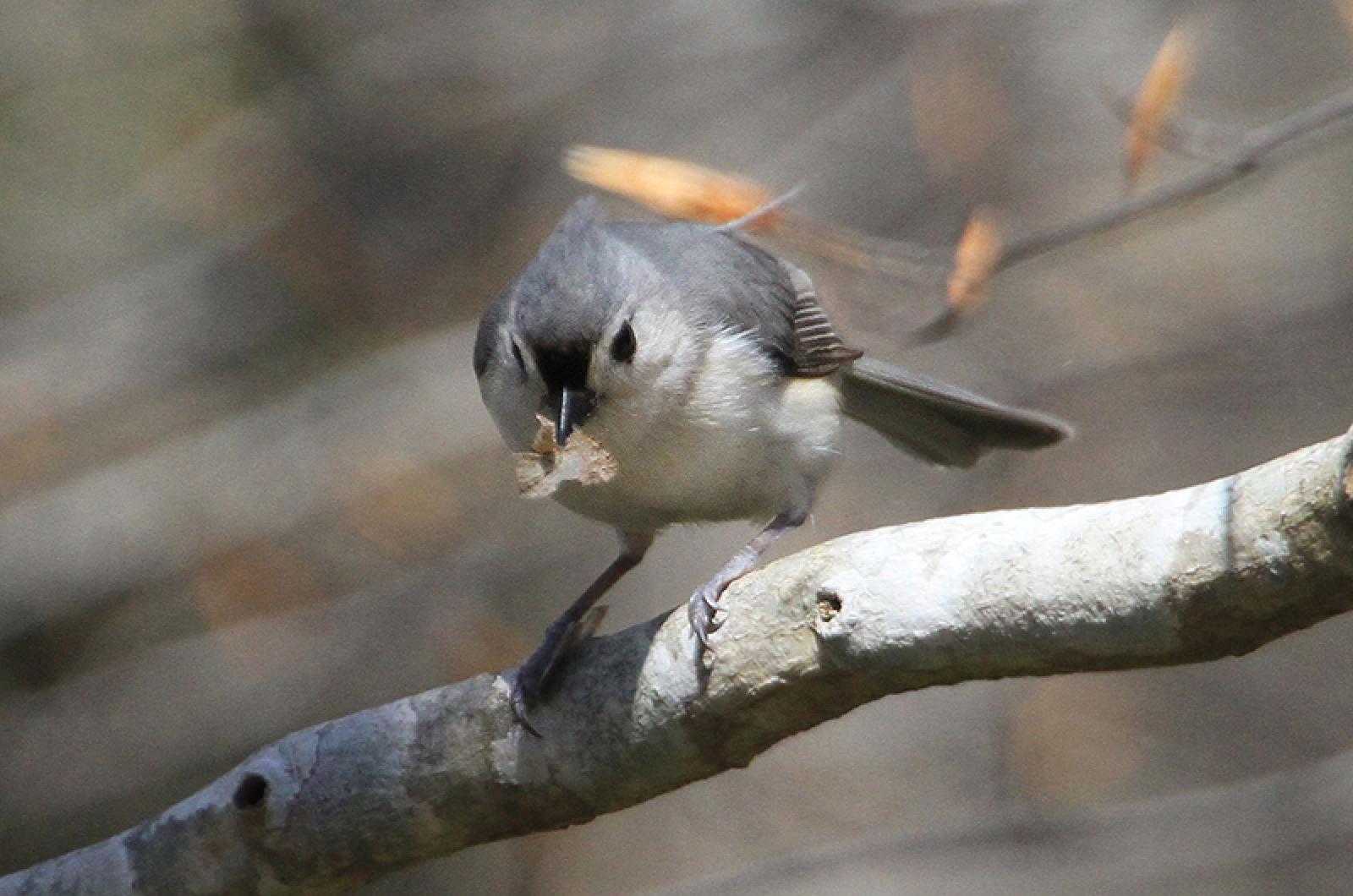
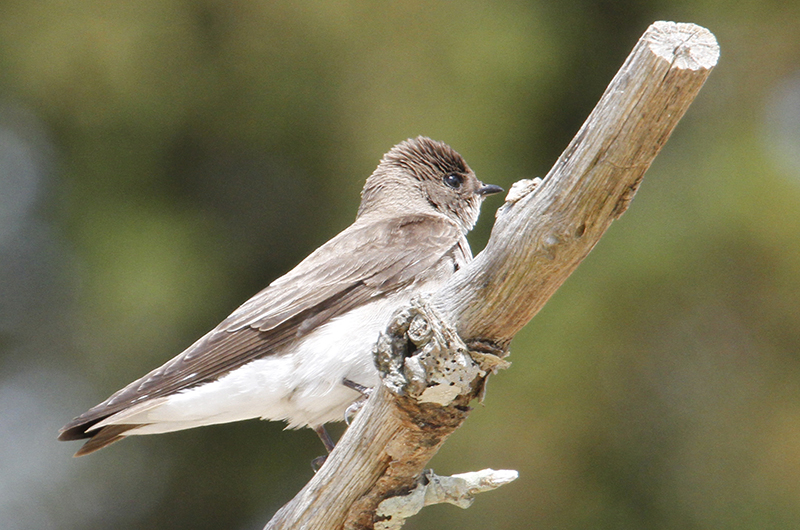
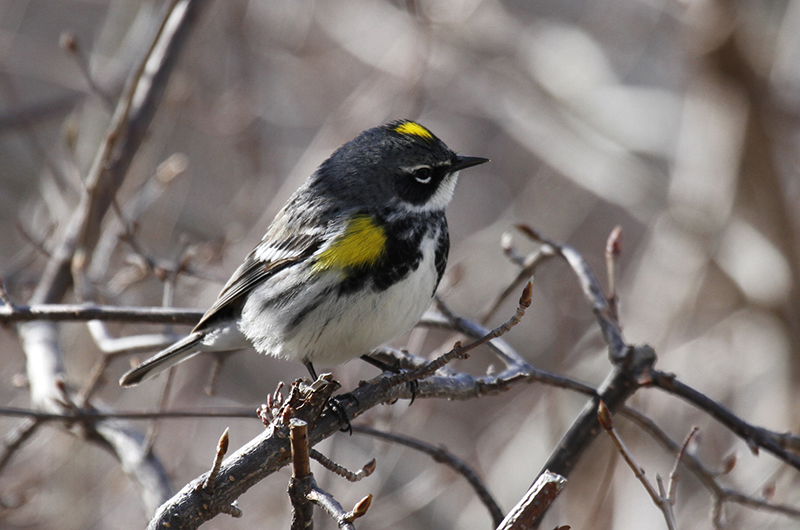
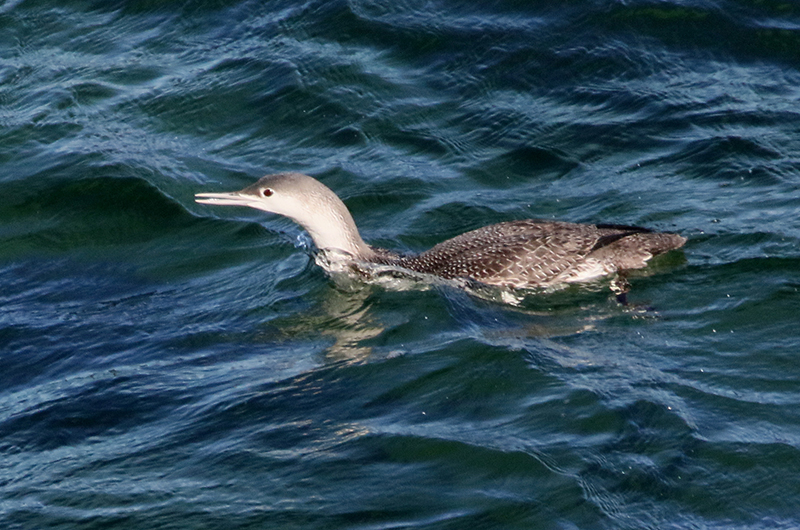
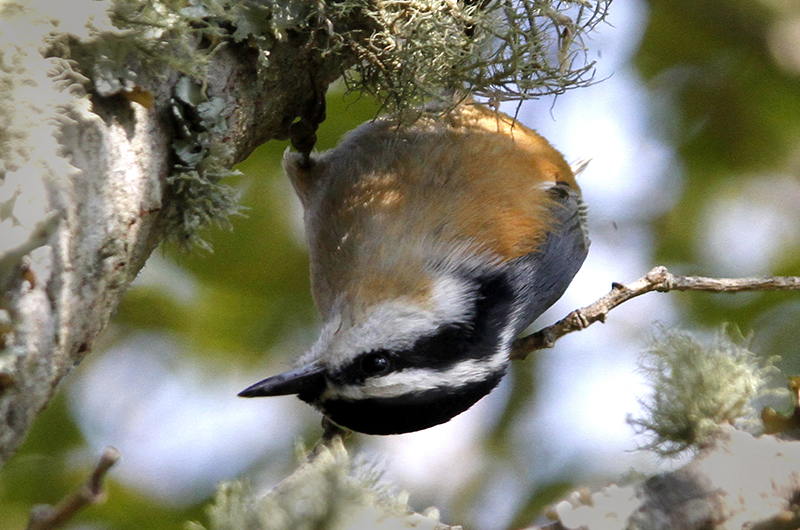





Comments
Comment policy »